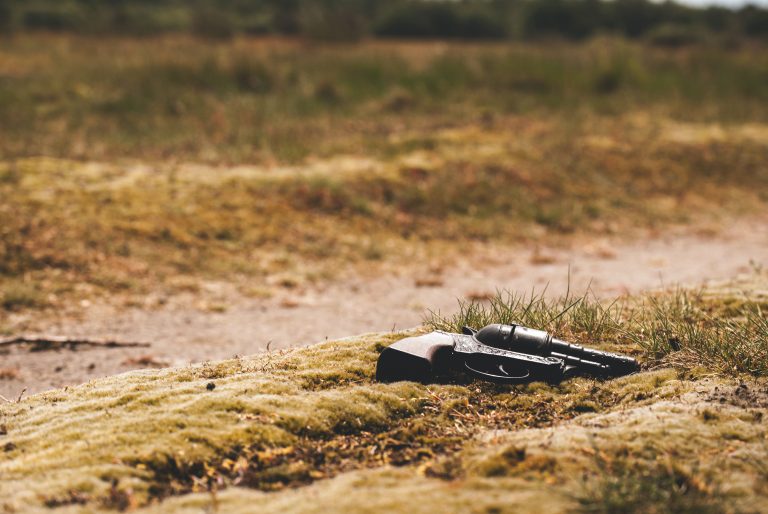A lot of details have come out in the Alec Baldwin shooting over the past week. It’s becoming easier to tell exactly how this deadly tragedy could have unfolded despite what should have been layers of redundant safety protocols.
An affidavit from the police investigation revealed a few key details that we could only speculate on up to this point. The most important, in my opinion, is what exactly was loaded into the revolver Baldwin wielded when he accidentally shot Cinematographer Halyna Hutchins and Director Joel Souza.
The live round that killed Hutchins and injured Souze was loaded into the gun alongside four dummy rounds.
That’s important because it’s the most dangerous combination of rounds for a situation like this one. Dummy rounds are basically the opposite of blanks. Instead of having the bullet removed, the gunpowder is taken out. They are intended to look exactly like live rounds from certain angles, such as straight down the cylinder of a revolver.
Of course, that makes them more difficult to tell apart from live rounds than blanks.
Another wrinkle, as armorer Steve Wolf told me on the podcast, is that dummy rounds aren’t really standardized and are often custom-made by armorers themselves. So, while they should be marked or have their primers removed or both to more easily tell them apart from live rounds, those indicators can fluctuate from armorer to armorer.
That means more care needs to be taken to ensure dummy rounds are not actually live rounds. And it’s also become clear that did not happen in this case.
There are still some areas of contention. Lawyers for armorer Hannah Gutierrez Reed said on Friday she did not bring live ammunition on set and did not approve of or know of any live fire on or near set.
“Hannah has no idea where the live rounds came from,” her lawyers said. “Hannah and the prop master gained control over the guns and she never witnessed anyone shoot live rounds with these guns and nor would she permit that. They were locked up every night and at lunch and there’s no way a single one of them was unaccounted for or being shot by crew members.”
However, the affidavit says she told police she had checked the rounds to ensure they were dummies, locked up guns during a lunch break before the shooting, but ammunition was left unsecured during that time. Furthermore, Assistant Director David Halls told police Gutierrez Reed tended to open the loading hatch on the revolvers and visibly checked the cylinder to ensure it was loaded correctly for the scene, but he couldn’t recall if she’d done that before the fatal accident.
Halls also said he only remembered seeing three rounds in the gun and did not personally check all of them before telling Baldwin the firearm was “cold” before handing it to him.
“He advised he should’ve checked all of them, but didn’t,” the affidavit said of Hall.
Then there’s Baldwin, who reportedly accepted the gun and did not check what it was loaded with before rehearsing the scene. He is ultimately the one who pointed the gun in the direction of Hutchins and Souza. He is the one who must have pulled the trigger, baring some extremely rare mechanical failure, to fire the fatal shot.
He’s also one of the people responsible for putting together a production where this series of events could occur. Reports of a rushed production allegedly cutting corners on other potential safety concerns, such as long shifts coupled with long drives, paint a dark picture. It’s possible those other concerns didn’t spill over into what happened with the shooting, but it’s hard to imagine something like this happening on a better prepared and run set.
Santa Fe County Sheriff Adan Mendoza summed it up pretty well.
“Obviously, I think the industry has had a record recently of being safe,” he said in a press conference this week. “I think there was some complacency on this set, and I think there are some safety issues that need to be addressed by the industry and possibly by the state of New Mexico.”
With all the negligence involved in this tragedy, it’s hard to imagine some of it doesn’t rise to the level of criminality. As District Attorney Mary Carmack-Altwies said in the same press conference, there are still questions to be answered on that front.
“It will take many more facts–corroborated facts–before we can get to that criminal negligence standard,” she said.
But she said everything is on the table. And, with this level of negligence ending in the death of a mother, wife, and rising star in the industry, it’s hard to see how the lack of intention is a good enough excuse for a lack of serious consequences.





